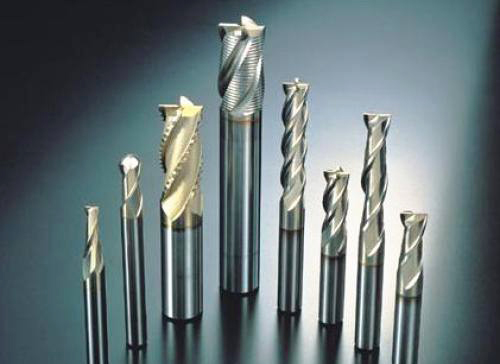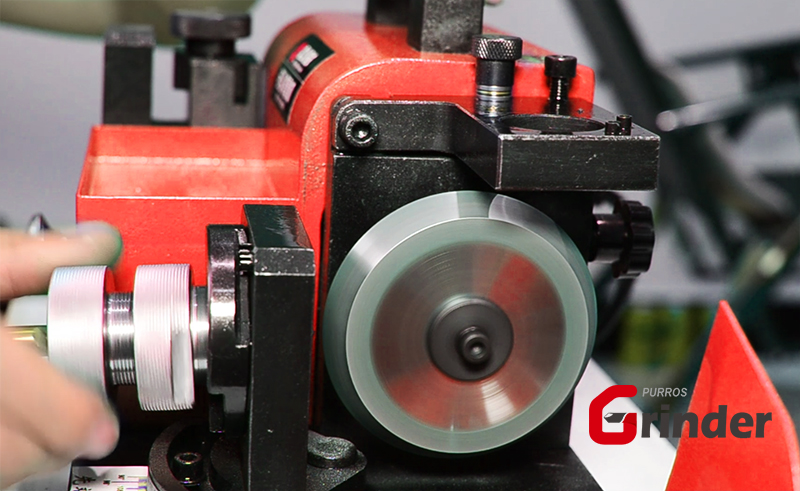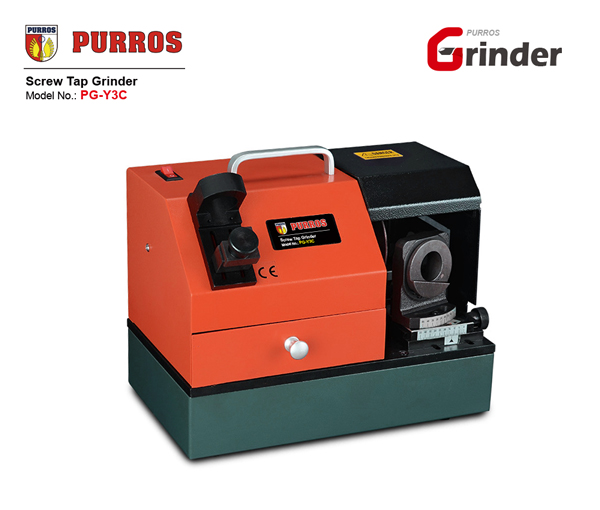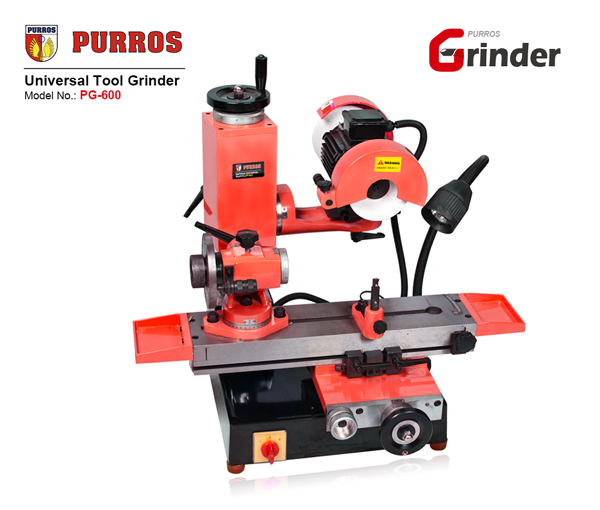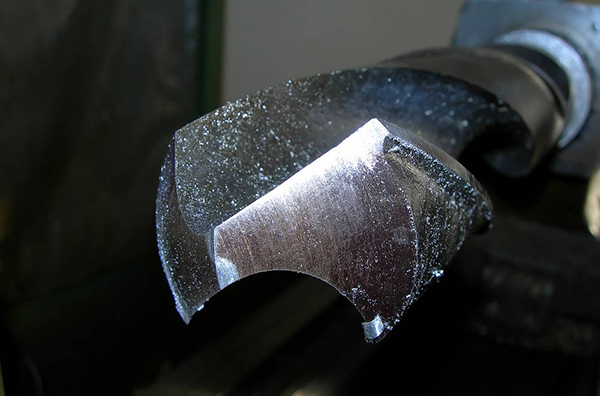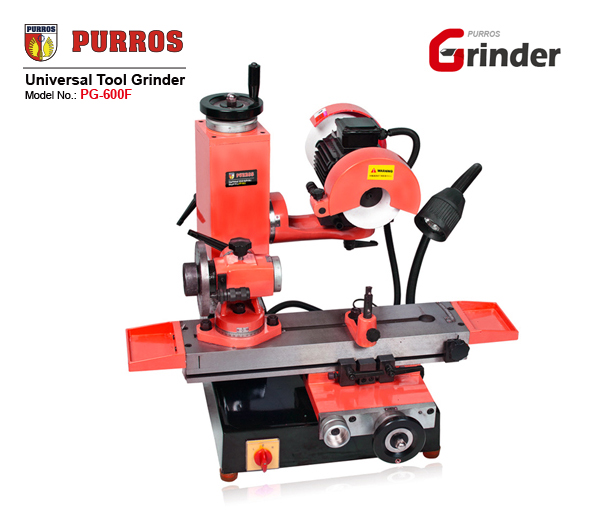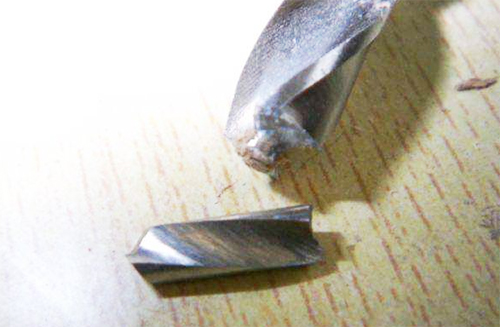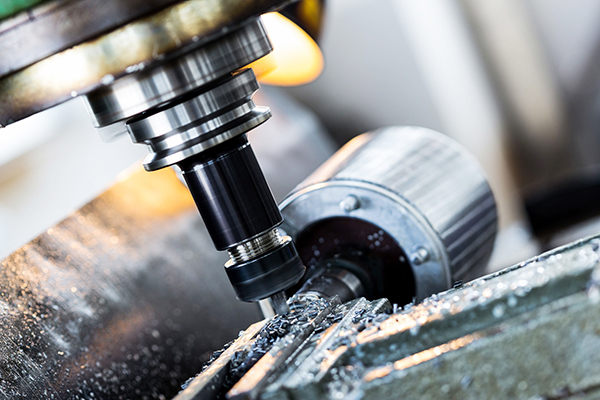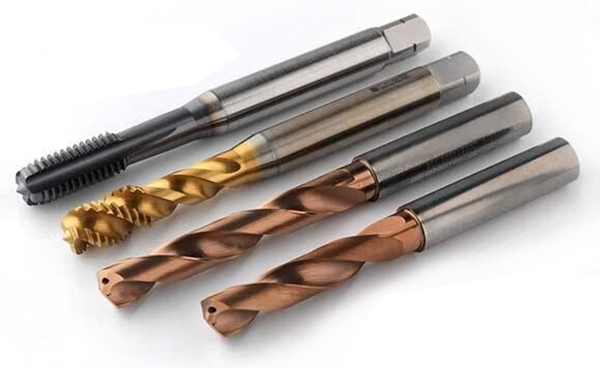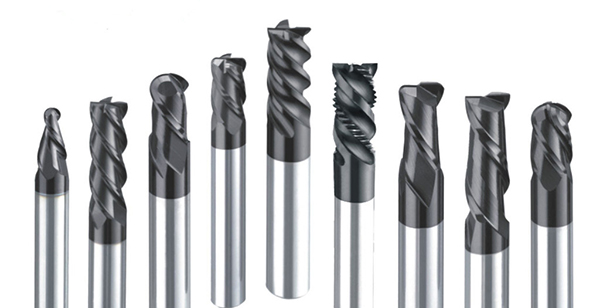Tool material is the fundamental factor that determines the cutting performance of a tool. When carbon tool steel is used as tool material, the cutting speed is only about 10m/min. In the early 20th century, high-speed steel tool material emerged, cutting speed increased to tens of meters per minute; In the 1930s, cemented carbide appeared and the cutting speed was increased to more than 100 meters to several hundred meters per minute. At present, the appearance of ceramic cutting tools and super hard cutting tools increases the cutting speed to over one kilometer per minute. The development of processed materials has greatly promoted the development of cutter materials.
What are the properties of good cutter materials?
Cutting tool material with excellent performance is the basic condition to ensure efficient working of cutting tools. The cutting part of the tool works under strong friction, high pressure and high temperature and should have the following basic requirements.
High hardness and wear resistance
The hardness of cutter material must be higher than that of processed material to cut metal, which is the basic requirement of cutting tool material. The current tool material hardness is above 60HRC. The harder the tool material, the better its wear resistance.
Sufficient strength and impact toughness
Strength refers to the ability to resist the cutting force without breaking the blade or breaking the blade. It is usually indicated by bending strength. Impact toughness refers to the ability of cutter materials to ensure that the blade does not collapse under discontinuous cutting or impactful working conditions. Generally, the higher the hardness, the lower the impact toughness, the brittle materials. Hardness and toughness are a pair of contradictions and also a key to overcome the material of cutter.
High heat resistance
Heat resistance is the main index of tool material performance. It is a comprehensive reflection of the tool material under the high temperature to maintain hardness, wear resistance, strength, oxidation resistance, adhesion and diffusion.
Good workmanship and economy
In order to facilitate manufacturing, tool materials should have good technological properties, such as forging, heat treatment and grinding. Of course, economic considerations should be taken into account when manufacturing and selection. The cost of superhard materials and coated tool materials is now more expensive, but the service life is very long, and in mass production, the cost of each part is reduced. Therefore, the selection must be comprehensive consideration.

